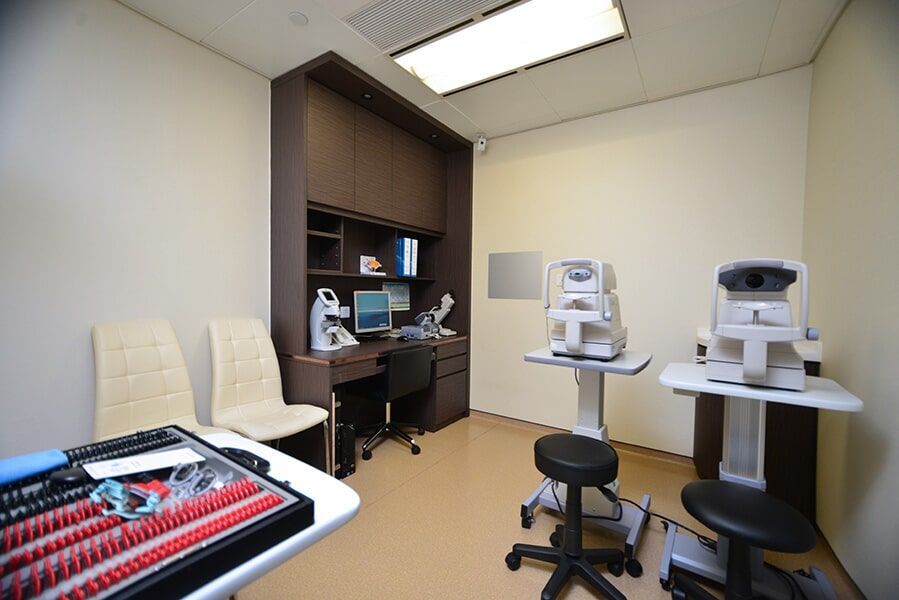Squint
What is “Squint/ Strabismus”?
Under usual conditions, when looking at objects, both eyes of a person will fixate at the same point. A person is regarded suffering from strabismus if one of his eyes is fixating on an object while the other eye deviates to elsewhere.
How Do We Classify Strabismus?
According to the directions of deviation, strabismus can be classified as Esotropia (Convergent Squint), Exotropia (Divergent Squint) or Vertical Squint.
According to the frequency of occurrence, strabismus can be classified as “Constant Squint” or “Intermittent Squint”.
Why Strabismus happen?
Under normal conditions, each of our eyeball is connected to 6 extra-ocular muscles to control its movements or rotations. Ability of both eyes to accurately fixate on the same object rely on central control from the brain. Relatively insufficient control by the brain, or imbalance among the extra-ocular muscles can result in strabismus.
Will a Child with Strabismus Outgrow by himself?
A child’s strabismus, if present, usually will not disappear with age.
How Will Strabismus affect a Patient?
Stereopsis sensation will be affected in a person with strabismus. Three-dimensional senses are not possible. Distance judgement is jeopardized.
Besides, strabismus in a young child can lead to amblyopia (lazy eye). This results in permanent sub-normal vision in the squinted eye if not timely treated.
Strabismus also negatively affects a person’s outlook or appearance. Social embarrassment and psychological problems are common among strabismus patients.
How Can Strabismus be Treated?
Investigations into the cause of the strabismus are crucial. The ophthalmologist will check the patient’s vision, ocular health, motility of the eyeballs, etc. In some cases, further investigations like MRI scanning are necessary to search for the underlying cause.
In young children with strabismus, co-existing amblyopia (lazy eye) has to be ruled out and properly treated if present. In many cases, the strabismus can be corrected or alleviated by spectacles, prismatic glasses or orthoptic training. Strabismus surgery is also needed in some cases.
Is There Urgency for Strabismus Treatment?
A ‘critical period’ is present in the normal visual development of a child. Delayed treatment can lead to irreversible and life-long defect in the child’s vision.
Hong Kong Ophthalmic Specialists
香港眼科專科
Central
Room 1806-09, Melbourne Plaza, 33 Queen's Road Central, Central, Hong Kong
Phone: (852) 2996 5900 (Central)
Mong Kok
Room 1029-1036, 10/F, Grand Plaza. 639 Nathan Road, Mong Kok, Kowloon
Phone: (852) 2996 5800 (Mong Kok)
manager@hk-os.org
Monday to Friday 09:00 - 18:00
Saturday 09:00 - 13:00
Closed on Sundays and public holidays
Powered by ypBizHub


